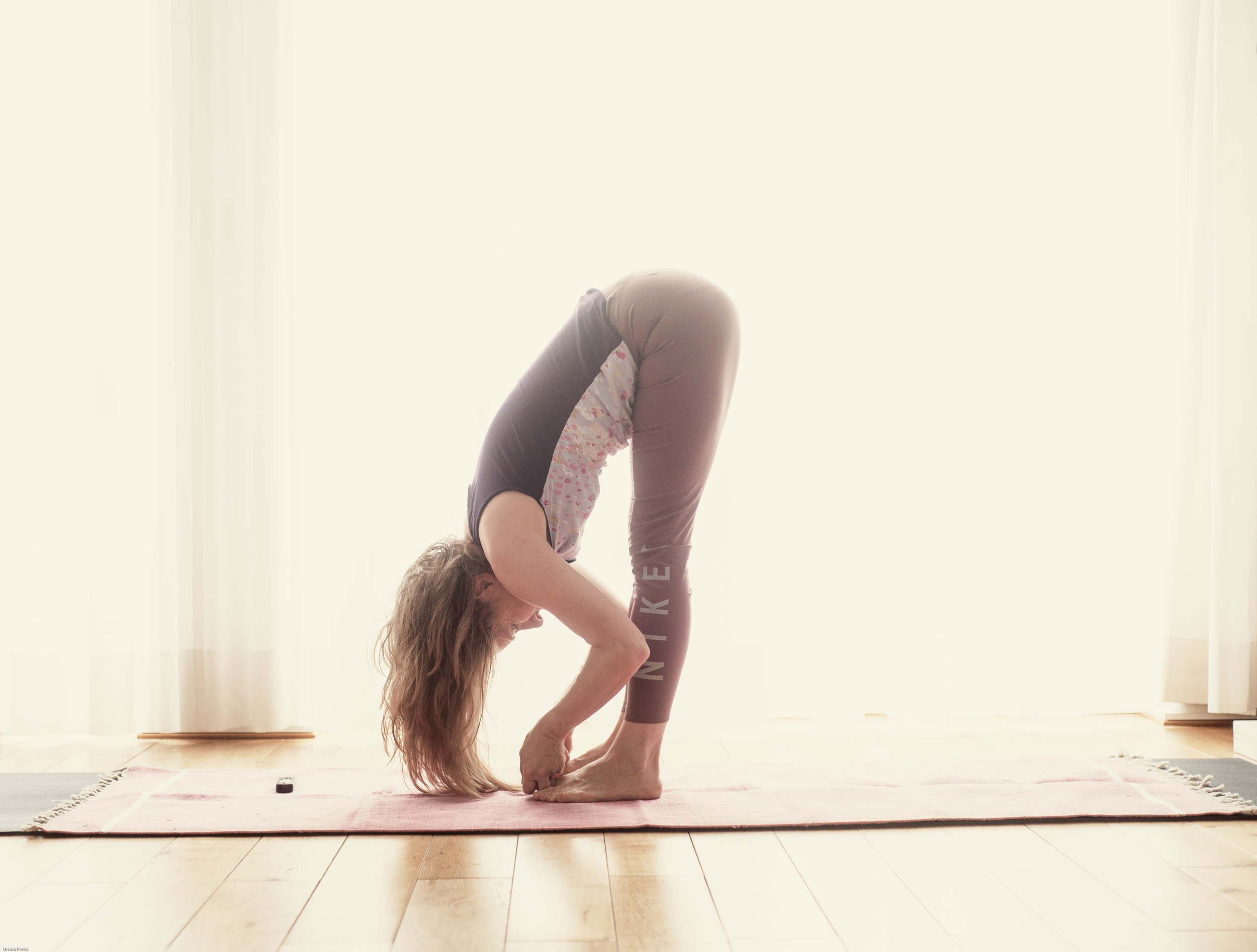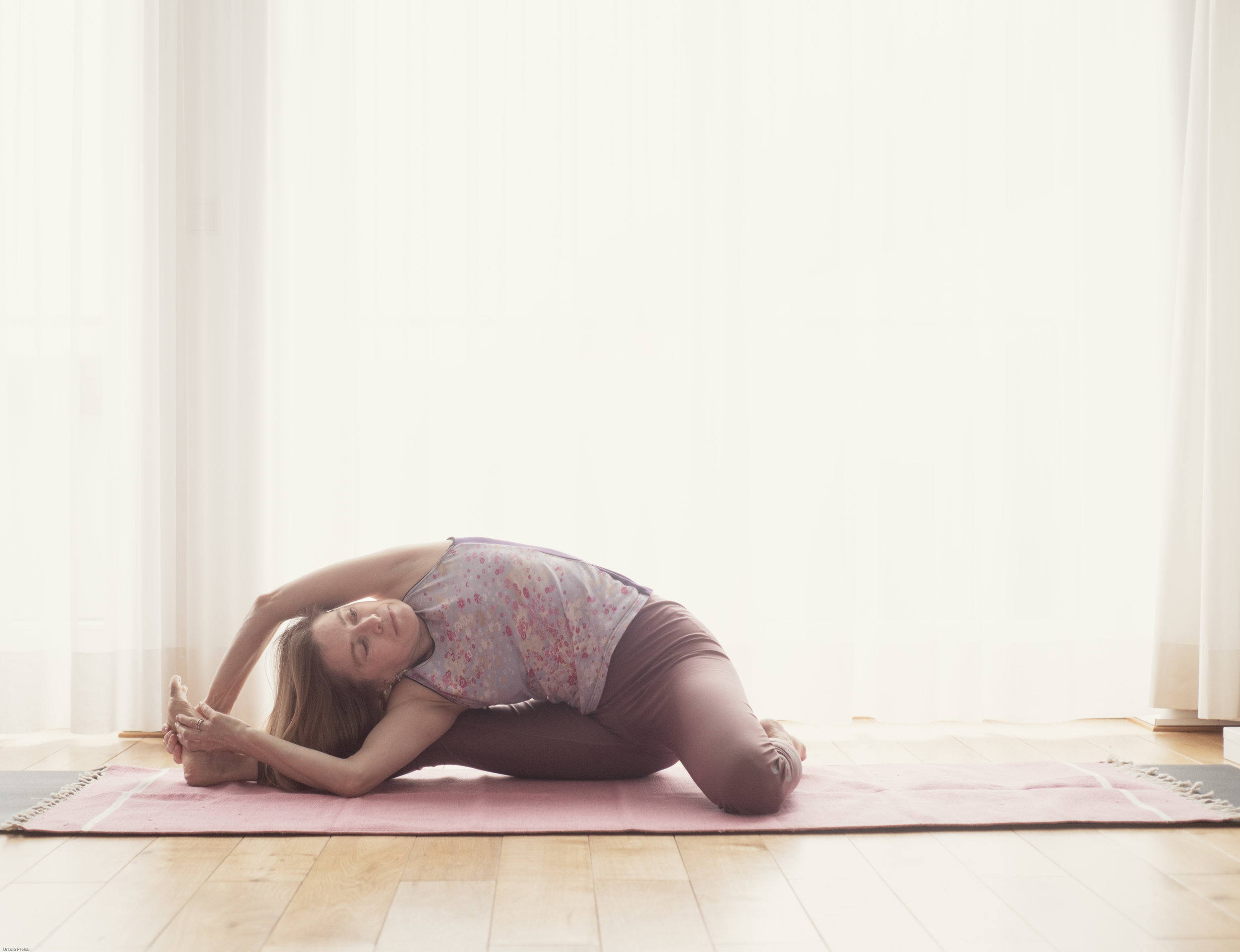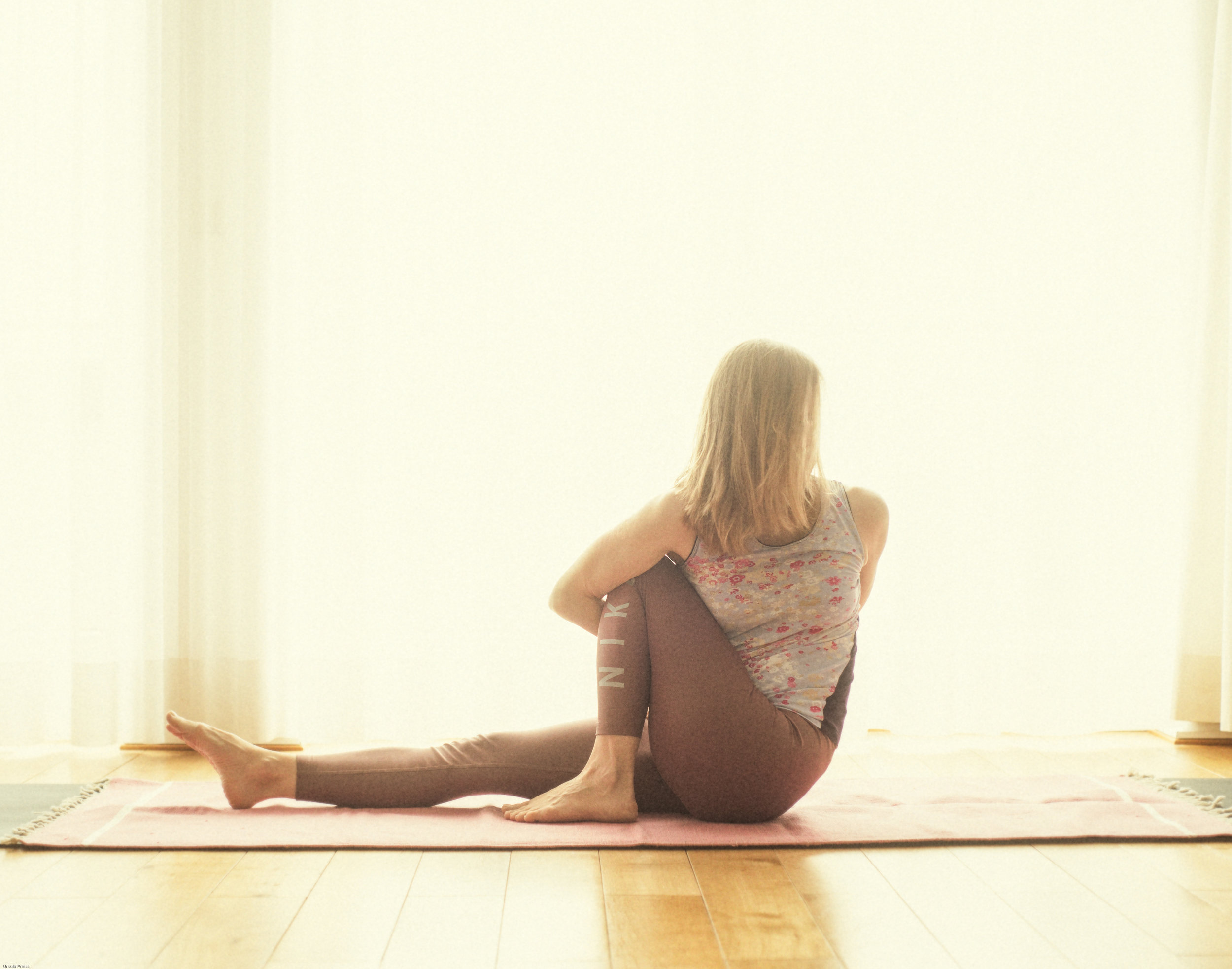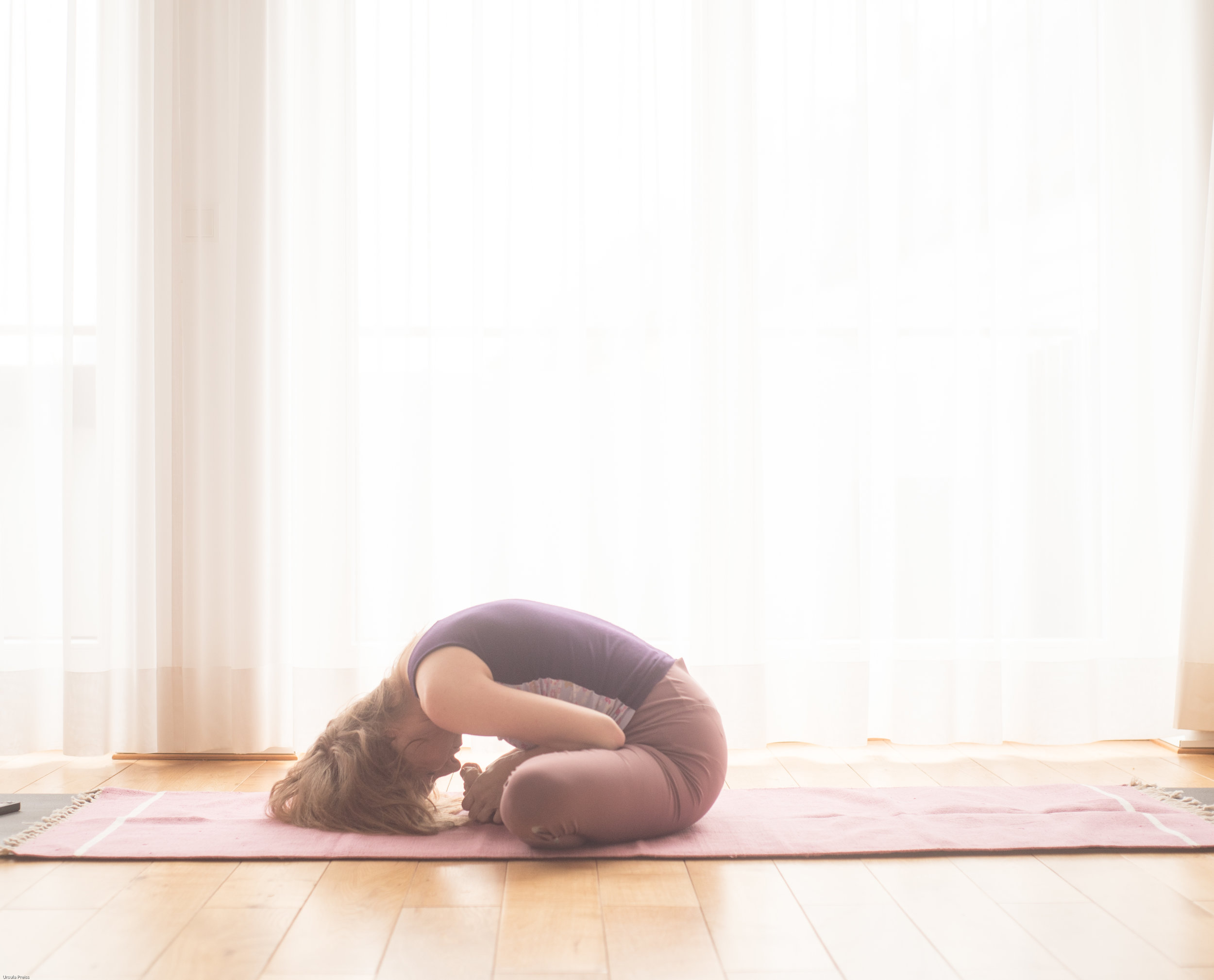No asana is isolated.
To get into and out of an asana belongs to an asana as well. There are often different possibilities how to get into an asana. Sometimes this makes a huge difference. How to get out of an asana belongs to an asana as well. The Ashtanga yoga practitioners connect the different asanas with a rather dynamic movement. Other styles recommend to rest between asanas. Yesterday I attended a Sivananda class. We were asked to lie on our back to relax after having performed a couple of similar asanas. The difference is huge. It can make a practice exhausting or relaxing.
Most asanas have easier versions and more advanced versions.
Many asanas allow variations.
After every asana should follow a less even intensive counterpose. After twisting to the right side one twists to the left side. After inversions baby pose is recommended. Forward bending asanas are balanced via a soft back bending asana and the other way round.
If one reflects on these possibilities, the understanding of a yoga practice deepens. First stands the analysis: Is the asana a twist, a forward bending asana, a balancing asana or is it a combination of balancing and twist and so on? Once the asana is analyzed one can vary it.
Injuries might force us to work around an asana and to adjust it to our needs.
In order to approach a challenging asana it can be useful to exercise an easier version and to get step by step closer to the original version.
We have all different strength. If twists are easier, why not practicing more advanced twists?
To vary asanas keeps the mind attentive.
A simple way to challenge oneself is t hold an asana longer.
Repetitions often allow to go deeper in a pose when performing an asana the second or third time. Often the second and third time the asana seems to be easier.
Repetitions and holding asanas up to one minutes are effective learning methods.
These reflections finally allow us to create a practice that fits to our personal needs.
For me Ashtanga yoga gives me a perfect skeleton of an intensive yoga practice. After more than a decade of practicing this yoga style some asanas of even primary are not as I wish they were. I work on these asanas more intensively now instead of trying them, holding them for 5 breaths and then moving on to the next asana. This method was obviously not that effective.
Picture: It shows arch matsyendrasana. In Ashtanga yoga on arm is behind the back. If you don’t have very long arms it’s very likely that you don’t reach the thigh with your hand. The arm is then more or less in the air. If the arm is posed on the floor it can support the twist (see first picture). Tiny changes can make a huge difference.







